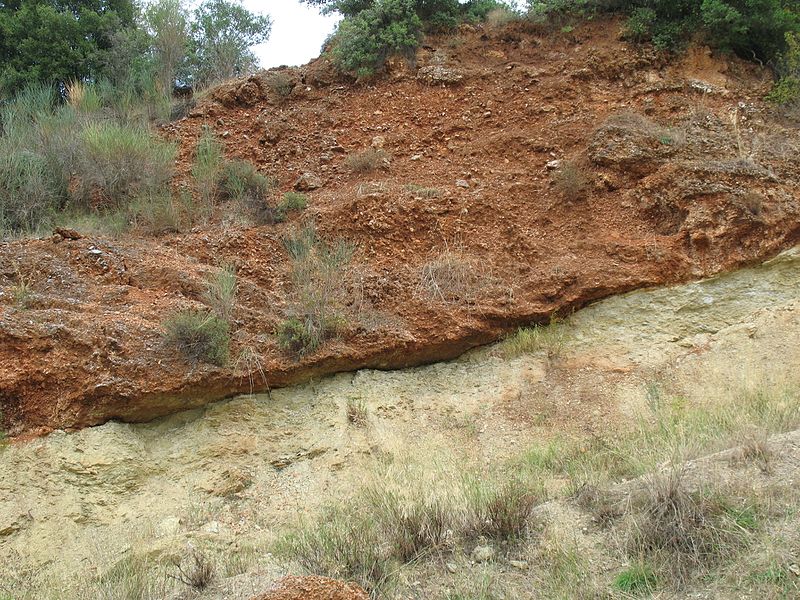Bhangar and Khadar are two alluvial soil types found in the Northern plains of India and Pakistan. They have different properties and are named accordingly. Bhangar is an old alluvial soil deposit, located above flood levels, and is not very fertile due to its calcareous deposits and kankar content. On the other hand, Khadar is a new alluvial soil deposit that is more fertile and well-suited for intensive cultivation due to its fine granules and location below flood levels.
Key Takeaways
- Bhangar is an old alluvial soil deposit, while Khadar is a new alluvial soil deposit.
- Bhangar is less fertile, while Khadar is more fertile and suitable for intensive cultivation.
- Bhangar is found above flood levels and is more stable, while Khadar is found below flood levels and is prone to mixing with flood water.
What is Bhangar?
Bhangar is the alluvial soil found in a large part of North India. This old soil is alluvial in nature and is above the flood levels of the rivers in the region, often seen in the structure of a terrace. Bhangar contains many calcareous deposits and also has many kankars within it. Since the area containing Bhangar stands above flood levels, the soil remains as it is and is thus not very fertile. Moreover, its character has not changed with the passage of time.
What is Khadar?
In the plains, the younger deposits are known as Khadar. These are not just younger; they are also more fertile than Bhangar soils. These soils are very good for intensive cultivation. These are also called new alluvial made up of fine granules. Khadar belongs to plains which lie below flood levels of the river. This soil gets newer deposits with flood water every year, which makes the soil very fertile.
What are the Similarities Between Bhangar and Khadar?
Both Bhangar and Khadar are alluvial soil types found in Northern plains in India. They are muddy and watery and are suitable for cultivation.
What is the Difference Between Bhangar and Khadar?
Bhangar is the old alluvial deposits in northern plains, while Khadar is the new or fresh alluvial deposits of northern plains. Bhangar is located a little away from the river bed, while Khadar is situated near the river bed. Thus, Khadar deposits are not stable since the soil always mixes with water, while Bhangar deposits are stable. Since Khadar soil gets newer deposits with flood water every year, it is more fertile, unlike Bhangar. Thus, Khadar is more suitable for extensive agricultural activities than Bhangar. In addition, Bhangar soil has a fine texture, while Khadar soil has a coarse texture. The concentration of kankar molecules is also higher in Bhangar soil deposits.
Summary – Bhangar vs Khadar
Bhangar and Khadar are two alluvial soil types in Northern plains in India. Bhangar is the oldest alluvial soil deposits, while Khadar is the newest alluvial soil deposits. Khadar renews every year, hence, it is more fertile than Bhangar. Bhangar is more calcareous and resembles terraces. This is the difference between Bhangar and Khadar.
